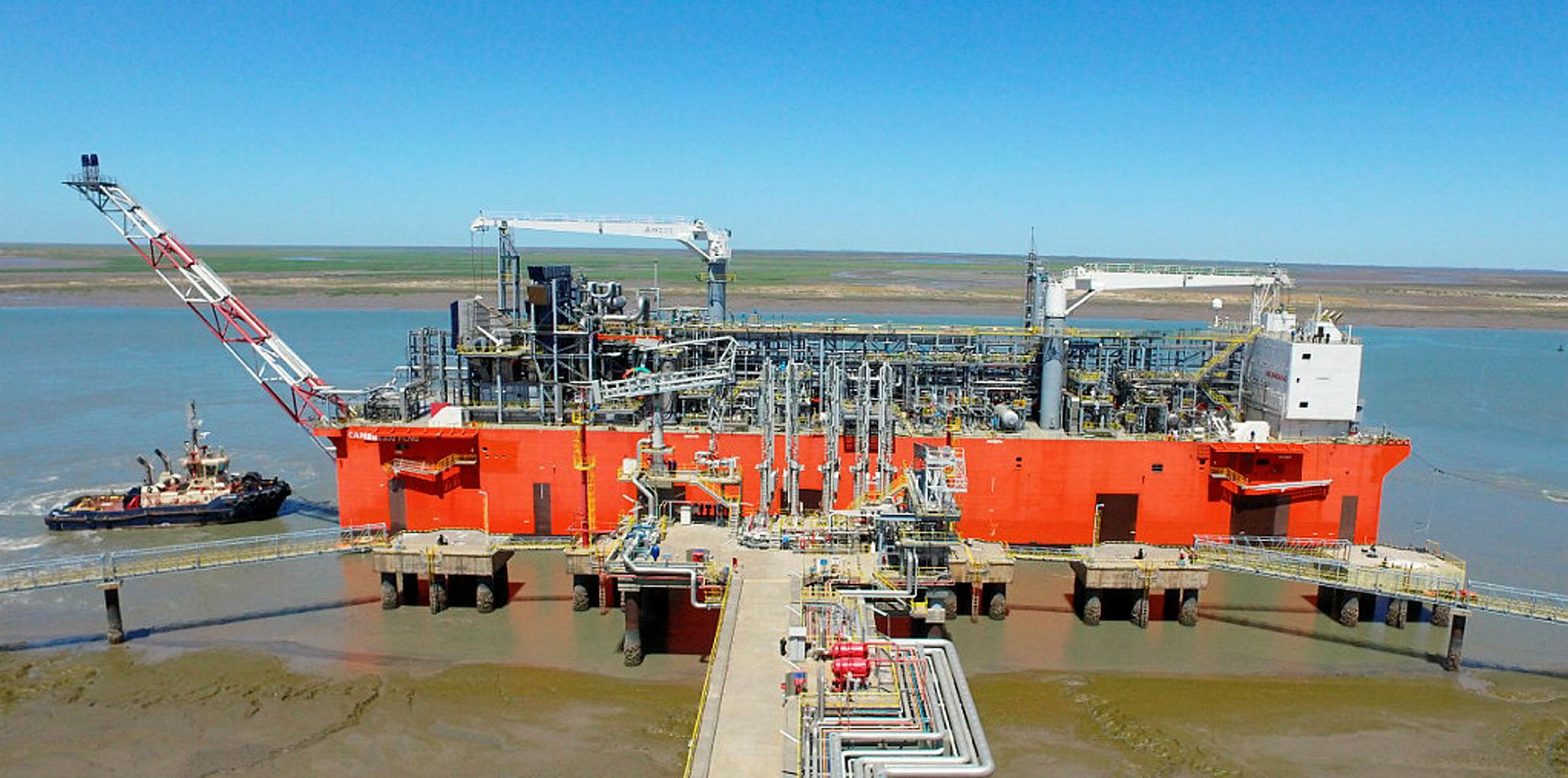Argentina is emerging as a potential major supplier of LNG to Asia during peak demand periods, according to new research from Wood Mackenzie.
The UK-based consultancy says the South American nation benefits from rising natural gas production coupled with “competitive global LNG transportation costs”.
“Global LNG demand is showing increasing seasonality, and peak potential LNG production in Argentina during the summer months coincides with strong winter demand from utilities in Asia,” said Wood Mackenzie.
“This seasonal dynamic could attract Asian buyers and present a strong economic case for Argentinian LNG.”
In addition, Argentinian LNG liquefaction plants are said to have lower shipping costs to reach Asian markets than US Gulf Coast facilities, avoiding potential Panama Canal congestions and presenting an overall cheaper alternative to US exports.
Supported by the Vaca Muerta, Argentina’s production in the Neuquén basin will ramp up over the next few years, with major scale LNG production expected to begin in 2024.
Wood Mackenzie anticipates that LNG production volumes could potentially reach 6m tonnes per annum (mtpa) in that year, potentially growing to 10 mmtpa by 2030.
Despite other price challenges posed by the seasonal utilisation of LNG plants, Wood Mackenzie estimates break-evens for Argentina LNG of $8/mmbtu at delivery ex. ship for Japan.
“Vaca Muerta's gas production has dramatically changed the outlook for Argentinian gas,” said Mauro Chavez Rodriguez, principal analyst, Latin America Gas & LNG.
“It is already bringing cheap gas for local industry and also supporting the construction of new major gas pipelines.”
“Nevertheless, not even the domestic demand and exports to neighbouring countries such as Chile and Brazil are enough for Vaca Muerta’s gas potential. LNG exports could be a solution that enables Vaca Muerta’s production to continue the growth story.”
Rodriguez said Argentina’s LNG could be interesting to players who want to diversify supply outside North America.
“The seasonality of its output could be also seen as a virtue for Asian utilities that are looking to contract just for their peaking demand months in the northern hemisphere,” he said.
Some Asian players are said to already be active in the Argentinian shale such as Malaysia’s Petronas and China’s CNOOC.
Meanwhile, Qatar Petroleum recently has shown interest in Argentina, buying a stake of ExxonMobil's business unit in that country, and also partnering for exploration offshore.
“We see further opportunities for Asian players looking for foreign investment, not only in upstream but also for major midstream infrastructure, such as gas processing plants, pipelines, have petrochemicals, and LNG export plants,” said Rodriguez.







